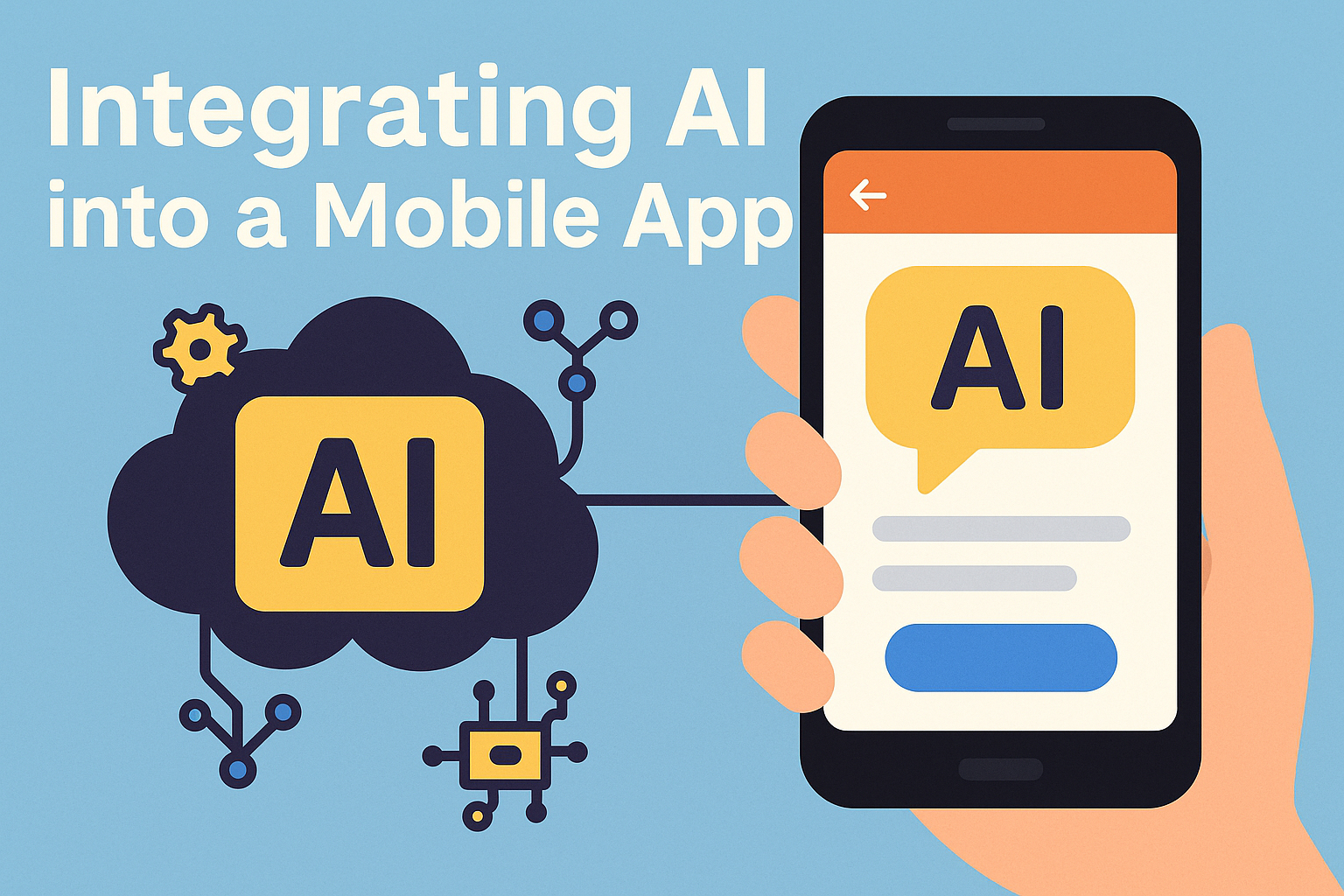
Integrating AI into Your Mobile App
Learn how to integrate AI capabilities into your mobile app using React Native for the frontend and Python (Flask) for the backend. From chatbots to smart suggestions, this guide shows how to add intelligence to your app.
2025-06-07
Integrating AI into Your Mobile App
This tutorial explains how to build a smart mobile app by integrating AI capabilities. We'll use React Native for the frontend and Python (Flask) for the backend, ideal for chatbots, smart assistants, or intelligent automation.
🧠 Why Add AI to Your App?
- Make your app interactive with AI chatbots
- Automate recommendations and user flows
- Offer intelligent error handling and feedback
- Analyze user behavior with data-driven insights
📱 Step 1: Build the React Native App
Start by creating a simple UI in React Native with an input field and send button. Use Axios to make HTTP requests.
import axios from 'axios';
const sendPrompt = async () => {
const res = await axios.post('http://localhost:5000/ask', { prompt });
setResponse(res.data.answer);
};⚙️ Step 2: Set Up the Python Flask Backend
Create a simple Flask API that accepts prompts and returns AI-generated responses.
from flask import Flask, request, jsonify
import openai
app = Flask(__name__)
@app.route('/ask', methods=['POST'])
def ask():
prompt = request.json.get('prompt')
response = openai.Completion.create(
model='gpt-3.5-turbo',
prompt=prompt,
max_tokens=100
)
return jsonify({'answer': response.choices[0].text.strip()})🌐 Connect the Frontend and Backend
Ensure your mobile app can communicate with your backend server. Use ngrok for testing or deploy your backend to a cloud host.



